A diagram showing the path of a planet around the Sun.
Click on image for full size
Kepler's Second Law: The Speeds of Planets
Kepler's second law he again discovered
by trial and error. After some experimentation, Kepler realized that
the line connecting the planet and the Sun sweeps out equal area in
equal time. Look at the diagram to the left. What Kepler found is
that it takes the same amount of time for the blue planet to go from A
to B as it does to go from C to D. But the distance from C to D is
much larger than that from A to B. It has to be so that the green
regions have the same area. So the planet must be moving faster
between C and D than it is between A and B. This means that when
planets are near the Sun in their orbit, they move faster than when
they are further away.
Kepler's work led him to one more important discovery about
the distances of planets.
You might also be interested in:
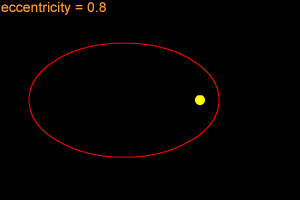
When one object is in orbit around another object, the orbit is usually an elliptical orbit. For example, all of the planets in our Solar System move around the Sun in elliptical orbits. An ellipse is
...more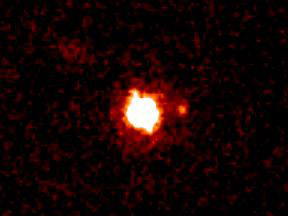
Eris is a dwarf planet that was discovered in 2005. Eris is a trans-Neptunian object (TNO) that orbits the Sun on the frozen fringes of our Solar System beyond the Kuiper Belt. Eris takes 557 years to
...more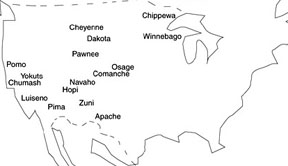
By 30,000 B.C,. Asian hunter-gatherers had crossed the Bering Strait into North America. These people were the first to inhabit this new land and so they are known as the Native Americans of North America.
...more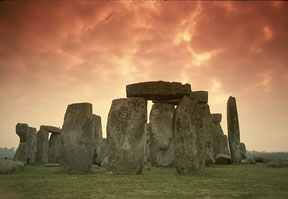
"The movements of the heavenly bodies are an admirable thing, well known and manifest to all peoples. There are no people, no matter how barbaric and primitive, that do not raise up their eyes, take note,
...more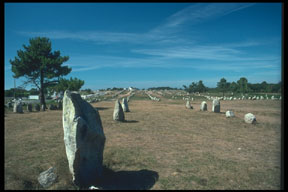
The stones of Carnac, France, are probably the most famous stones markings outside of those found at Stonehenge in England. Where Stonehenge is composed of standing stones, the Carnac area has many different
...more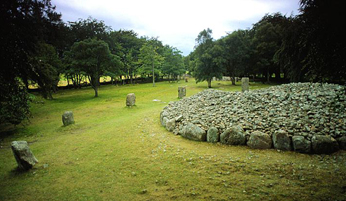
Not too far from Loch Ness, where the green highlands of Scotland rise and fall there lies three giant cairns of stones. They are called the Balnuaran of Clava. The Balnuaran of Clava, giant tombs encased
...more
This is an aerial view of Cuzco. In the center of the picture, the cathedral of Cuzco can be seen. This cathedral was built in the 17th century. Cuzco is located in Southern Peru. It is the ancient capital
...more















